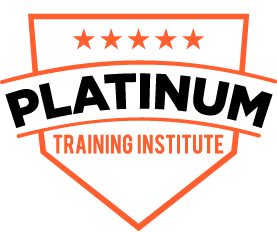Booking options
£1,495

£1,495
Delivered Online or In-Person
4 hours
Beginner level
The purpose of these qualifications is to enable learners to coach clients – one to one and in small groups – towards their health and fitness goals. Learners will develop the knowledge, skills and behaviours to plan and deliver creative and personalised exercise programmes, provide nutritional advice and support clients with their overall lifestyle management.
This qualification is mapped directly to:
The Chartered Institute for the Management of Sport and Physical Activity (CIMSPA) professional standards for a Personal Trainer.
Qualification Structure:
Unit 1: Anatomy & physiology for exercise & fitness instructors
Unit 2: Providing a positive customer experience in the exercise environment
Unit 3: Lifestyle management & health awareness
Unit 4: Gym-based programme planning and preparation
Unit 5: Gym-based programme delivery and professional instruction
Unit 6: Applied anatomy and physiology
Unit 7: Promoting wellness through client motivation and interaction
Unit 8: Bespoke exercise programme design
Unit 9: Customised exercise programme instruction and communication techniques
Unit 10: Nutrition to support physical activity
Unit 11: Business acumen for a successful Personal Training Practice
Entry Requirements:
Learners must be aged 16 plus. Ideally they should have some experience of gym-based exercises as participation in a variety of gym-based practical sessions will be required throughout the qualification. Learners should also have communication skills pitched at level 2 which can be developed during the course.
Assessments:
Multiple choice test
Assessment workbook
Observation of practical skills
Portfolio of evidence (Learner assessment record)
Add Ons:
If you choose the Gold or Platinum Course you will receive the following:
NASM Certified Nutrition Coach (CNC) - *Platinum Only
NASM Behaviour Change Science: Help Clients Stick with their Programme
NASM Speed Agility and Quickness Training
NASM Navigating Diets
NASM Anatomy of a Research paper: How to Read beyond the Abstract


